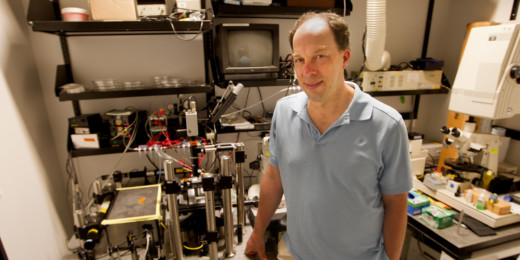Each year, around the world, about 15 million babies are born prematurely, arriving three or more weeks early and facing a wide variety of health problems. In most cases, doctors don’t know why a pregnancy has ended early.
But thanks to the industrious work of Stanford’s top obstetricians, neonatologists, geneticists, microbiologists, immunologists, epidemiologists, health policy experts and bioengineers, we’re starting to figure out the biology of premature birth. The answers, the scientists hope, will ultimately help predict and prevent many early arrivals.
Now, a new package of stories by Stanford News highlights their successes. For instance, Stanford researchers have learned that the immune system acts as a timekeeper during pregnancy; how such factors as a mother’s prior PTSD diagnosis or genetic signature may influence prematurity risk; and what influence maternal microbes and infections during pregnancy may have on early births.
At the same time, clinical teams at Lucile Packard Children’s Hospital Stanford have been developing better ways to take care of preemies and their families. They’ve found that a common steroid treatment has unexpected brain benefits; studied how to make it easier for mothers to provide breast milk for premature babies; and worked on improving treatments for babies facing prematurity complications such as neurological problems, breathing difficulties and deafness. They’ve also been addressing the stresses families face when a baby is born early.
Recently, Stanford scientists even developed a blood test for pregnant women that can predict premature birth. In a story I wrote in 2016, while the test was under development, Stanford bioengineer Stephen Quake, PhD, explained its potential value:
[The researchers] can detect physiological changes in the tissues and organs of both the mother and the baby, and hope to use this information to measure genetic programs of distress that they think will accompany premature delivery.
'It gives you this unparalleled window into the whole process of pregnancy, from the point of view of the pregnancy and also of the mom,' Quake says. 'There is exquisite specificity to what you’re measuring.'
RNA, microbial, immune and other biomarkers will soon, the researchers hope, give obstetricians the specific predictive and preventive tools they now lack. 'The goal is to try to find a simple blood test to alert us to which women are at risk so they can be appropriately cared for,' Quake says. 'Hopefully that will give them a safer and more comfortable pregnancy, both physically and psychologically.'
The entire compilation is well worth a look.
Photo by Xavier Mouton Photographie






